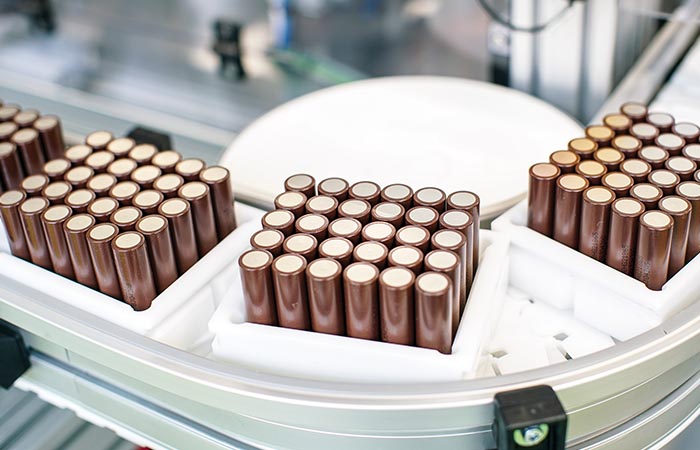
The agreement will see Rolls-Royce combine its material science and technical expertise with Superdielectrics’ novel hydrophilic polymers that have been shown, in partnership with researchers from the Universities of Bristol and Surrey, to have potentially outstanding energy storage properties.
Dr Dave Smith, director of Central Technology, Rolls-Royce, said: “We believe that electrification will play an increasingly important role in many of our markets over the coming years and by working with partners on potential new technologies for energy storage we can ensure that Rolls-Royce is well positioned to take advantage of new developments.”
Jim Heathcote CEO of Superdielectrics, said: “We are delighted to be working with Rolls-Royce in the global race to develop advanced energy storage systems. This agreement gives us access to their unparalleled scientific and technical expertise. I hope this agreement will ultimately create new jobs and business opportunities in the UK.”
Working with researchers from the Universities of Bristol and Surrey, Superdielectrics has been developing hydrophilic materials, similar to those originally designed for soft contact lenses, to increase the electricity storage capabilities of capacitors, which store electricity by creating electrostatic fields.
These dielectric polymers may provide an opportunity to create capacitors that are able to rival – and even exceed – the storage capacity of traditional rechargeable batteries. The resulting supercapacitors may also be able to charge much faster than existing lithium-ion batteries.
Superdielectrics has filed patents on these materials, which Bristol University estimates to have dielectric property values which are 1,000-10,000 times greater than conventional electrolyte solutions. The company’s technology is not limited by rare or expensive elements and potentially has a higher energy density than lead acid and Lithium-ion batteries. Supercapacitors also offer very rapid charge and discharge capabilities.
The terms of the agreement between Rolls-Royce and Superdielectrics remain confidential.




Glasgow trial explores AR cues for autonomous road safety
They've ploughed into a few vulnerable road users in the past. Making that less likely will make it spectacularly easy to stop the traffic for...